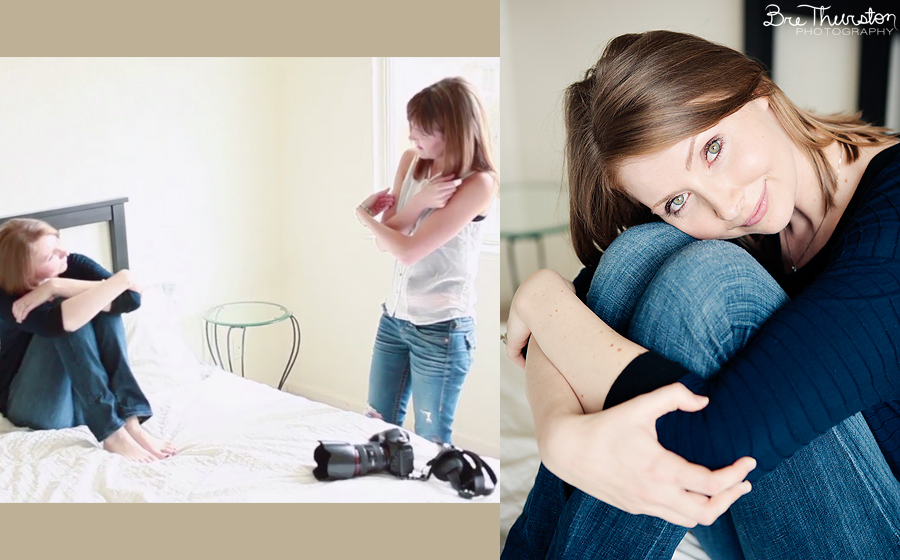I am so excited to share my latest PDF with all of my photographer friends! When I was first getting started in this industry I had no idea what I was doing. I relied on the help and guidance of other photographers so it is my pleasure to give back in any way I can.
If you're a photographer and interested in getting started with wedding photography, start here! The best thing you can do is to second shoot once you've established a solid technical base - there is no greater experience than watching a pro work at a real, live wedding. I have been incredibly lucky to second shoot for talented photographers such as Charleton Churchill, Allison Stahl, Brandon Patoc, Anita Martin, Chloe Ramirez, and Joanna Clark among others. I have also been lucky that so many amazing photographers have worked with me on my own weddings.
What kind of gear do I need?
How do I find a second shooting gig?
What kinds of things should I shoot?
Can I share images after the wedding?
Check out the PDF for all of that and more, and once you download make sure to join my Wedding School Facebook group so you can ask questions and join the community!





